A carpet remnant is a leftover piece of carpet from a previous installation.
When carpets are installed wall-to-wall in a home or business, the installer has to cut the carpet to fit the exact dimensions of the space.
This leaves leftover pieces in various shapes and sizes that generally go unused.
Retailers collect these remnants and sell them at a discounted price, sometimes up to 50-70% off the original carpet cost.
Remnants come in all types of colors, patterns, textures and materials.
They can range in size from very small cut-offs to large pieces covering over 100 square feet.
Using remnants is an eco-friendly way to save money on flooring and reduce carpet waste.
With some planning and creativity, remnants can be utilized in many different applications throughout the home.
✨Click to Get My 101 FREE Designer Room Ideas
Benefits of Choosing Carpet Remnants
The number one benefit is the significant cost savings compared to purchasing brand new carpet.
Remnants provide the same quality carpeting at a fraction of the price.
Remnants come in an assortment of colors, patterns and textures that can add unique personality to a space.
It’s rare to find perfectly coordinating remnants, so they often provide one-of-a-kind looks.
Using remnants is a sustainable practice that reduces waste by giving leftovers new life.
With proper care, remnants can last just as long as new carpeting.
Remnants can be used wall-to-wall, as area rugs, stair runners, welcome mats, upholstery accents and more.
Their irregular shapes and sizes prompt creativity.
Using several remnants together allows mixing of colors, patterns and textures that would be costly when purchasing full carpets.
Smaller remnants are often easier and more affordable to replace down the road compared to replacing a whole floor of carpeting.
12 Inexpensive Yet Stylish Ideas For Using Carpet Remnants
Stair Runner

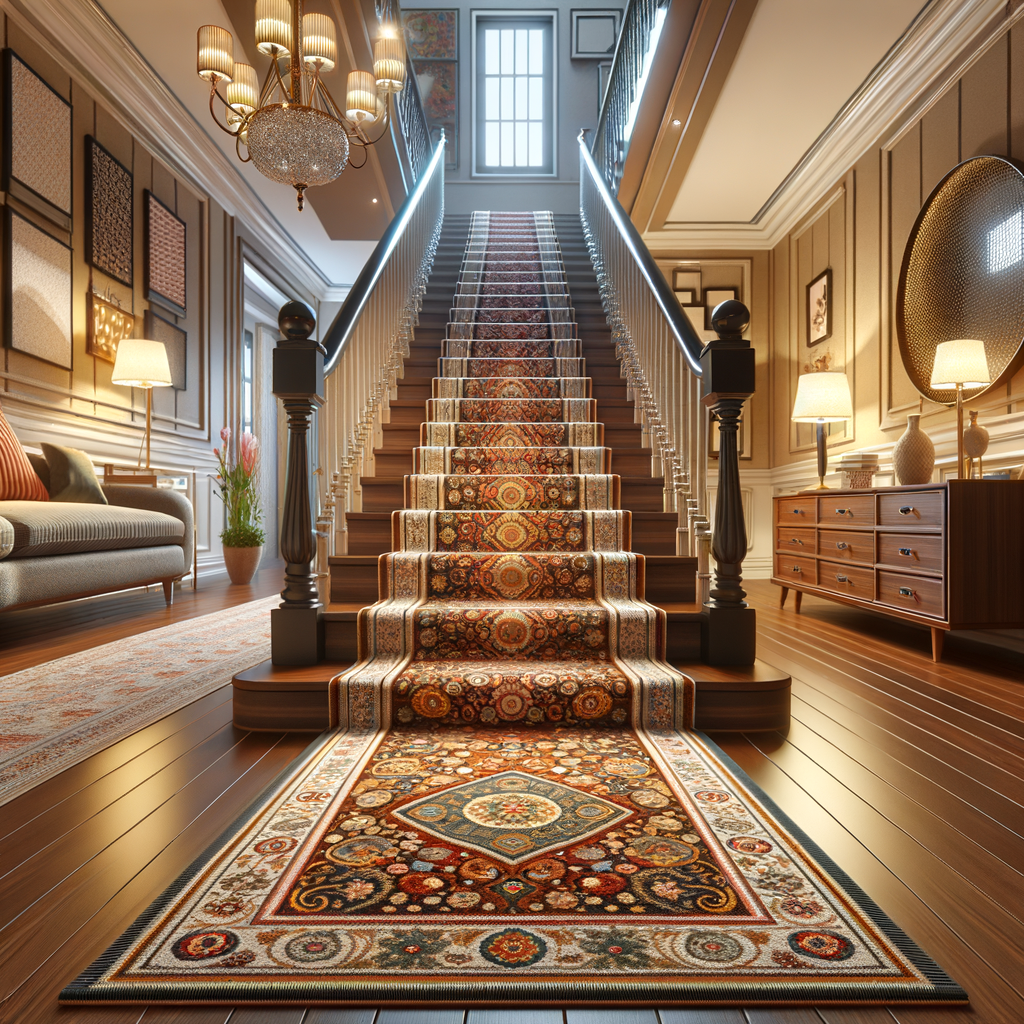
Stair runners provide a perfect opportunity for narrow, elongated remnants.
Position a bold, coordinating remnant down the center of stairs to beautifully accent the staircase.
Visually, the remnant contrasts nicely against neutral stair materials like wood or concrete.
Functionally, it protects and cushions the highest traffic area where steps get worn.
Remnant runners cost far less than fully carpeting stairs yet still add color and soften footsteps.
At minimum, the remnant should span 6 inches wide to comfortably support feet.
But for drama, go wider.
The key is choosing a low-profile remnant that won’t catch on shoes.
Beyond basic solids, remnants allow mixing fun patterns and textures not possible with typical stair carpeting.
Area Rug
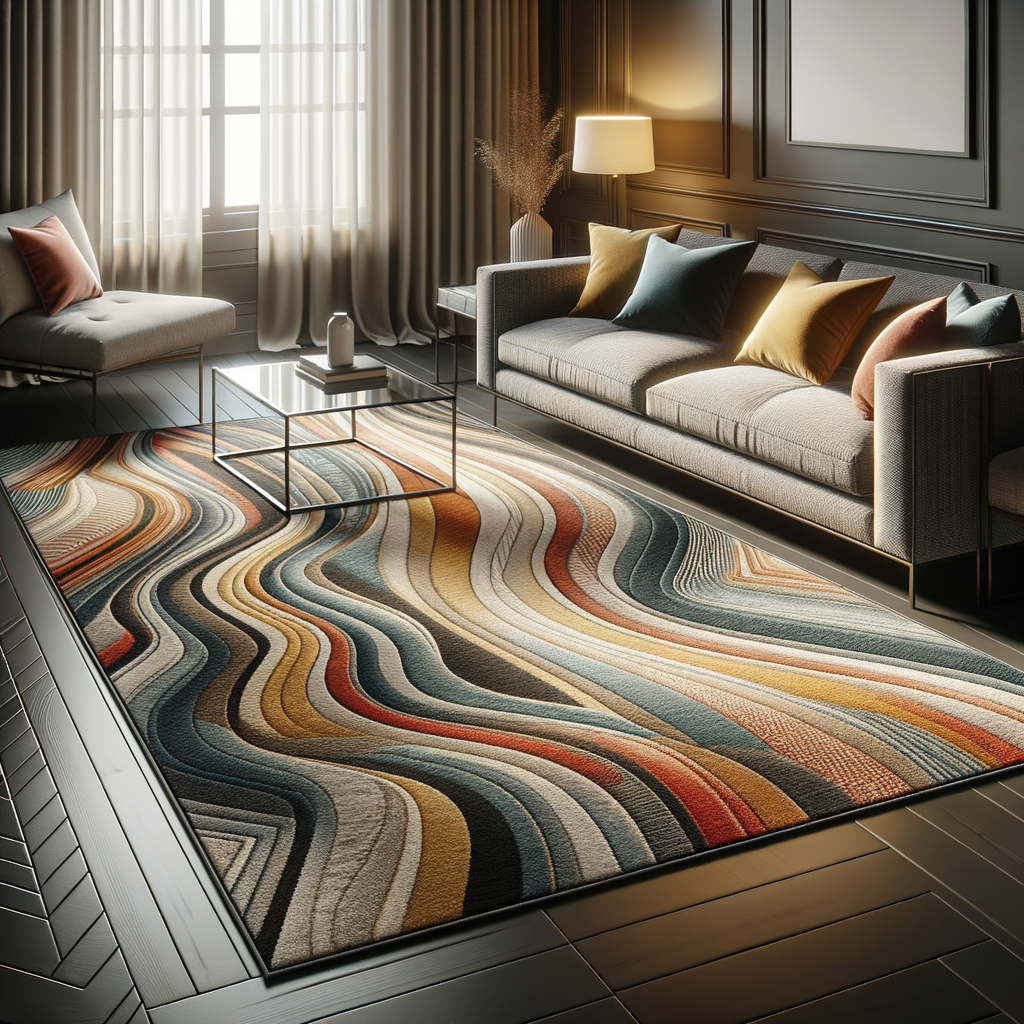

Remnants become eclectic area rugs ideal for high-traffic living rooms, bedrooms, etc.
Repurposed remnants transform into chic one-of-a-kind rugs unlike store-bought versions.
Simply cut remnants to fit the space.
Use low-pile, durable remnants in busy areas.
Cotton twill tape or carpet tape around the edges keeps pieces in place.
Mixing remnants creates multi-tonal rug designs.
Unlike wall-to-wall carpet, remnant rugs are easy to clean underneath.
They allow swapping styles by installing new remnants when redecorating.
Fold and store spare remnants so coordinating replacements are ready when needed.
For sound absorption, choose thick, plush remnants to muffle noise.
The options are endless!
Hallway Runner
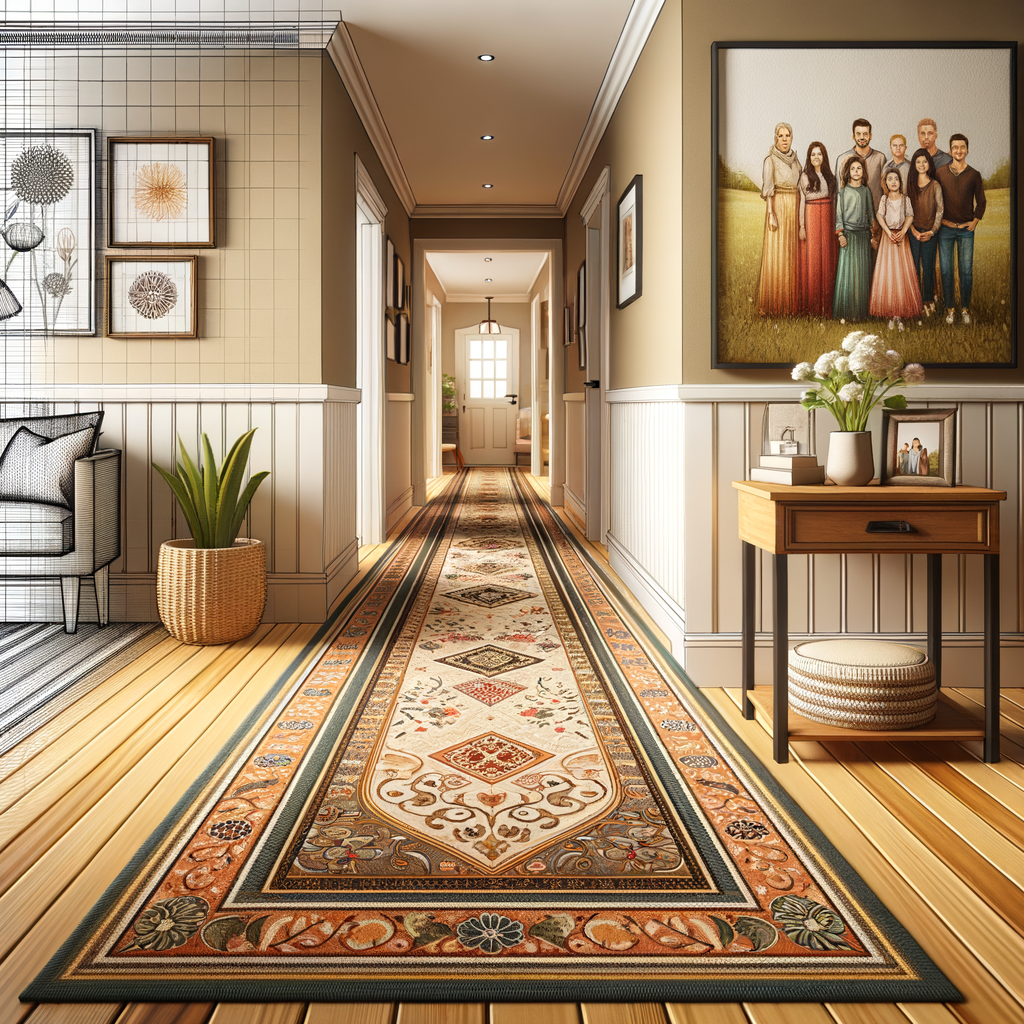
Long, narrow hallways perfectly suit carpet remnant runners.
Positioning a remnant lengthwise down the hall’s center defines the walkway while complementing neutral walls and flooring.
A minimum 2-3 foot width fully supports feet.
A bold colored or patterned remnant visually leads you down the hall.
The soft remnant feel is cozy underfoot.
For safety, ensure the remnant is low-profile without edges to catch toes.
Remnant runners avoid wasting carpet on rarely used hall borders while protecting the main traffic area.
Durability is crucial for high-wear halls.
Closely match remnant textures to minimize obvious seaming.
Runners instantly make sterile halls more inviting and colorful.
Foyer Rug

Use one large remnant or creative patchworks.
Rugs define foyers and catch exterior dirt before it spreads.
With neutral walls and floors, the lively remnant rug makes a vibrant first impression.
Ensure a low-pile, sturdy carpet able to withstand heavy traffic from outdoor shoes.
Rotate runners seasonally for fresh looks.
Remnant rugs are inexpensive to replace when worn compared to larger entryway rugs.
For rainy climates, pair exterior and interior remnant mats to absorb maximum moisture.
Well-placed remnant rugs create cohesive, upscale entryways while using remnants creatively.
Bathmat

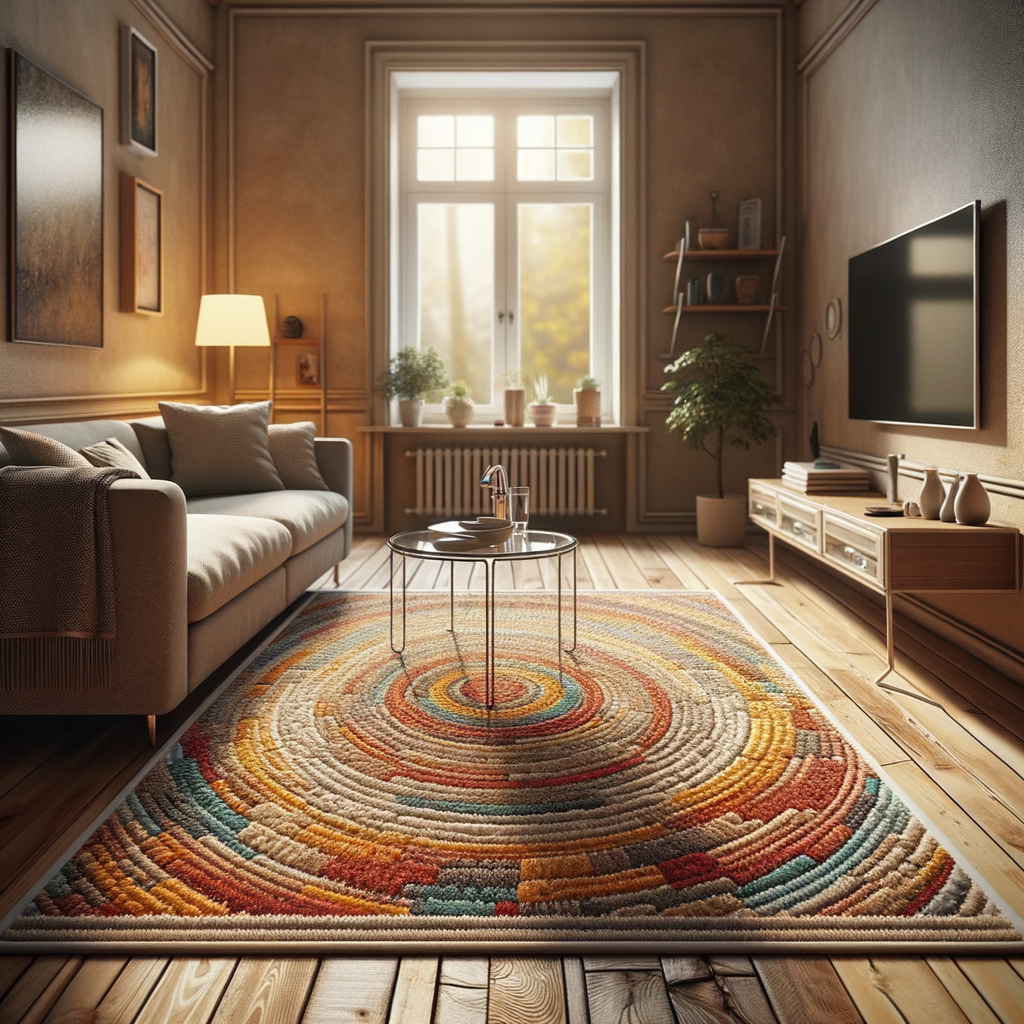
Bathrooms gain instant color and softness with carpet remnant bathmats.
Absorbent, low-pile remnants work best around sinks, tubs and showers to soak up water.
Coordinate remnant colors with towels or walls for a unified look.
Matching remnant sets become his-and-her bathmats in master baths.
Compared to traditional bathmats, remnants are inexpensive to replace when worn or stained.
Keep spare smaller remnants on-hand to layer as extra absorbent pads.
Use rug tape to firmly secure slick remnants, preventing slips and trips.
Avoid very thick remnants that impede bathroom doors.
Remnant bathmats also mute noisy bathroom acoustics.
Change them seasonally for fresh style.
With creative shape cutting, even irregular remnants transform into custom bathroom accents.
Bedside Rug
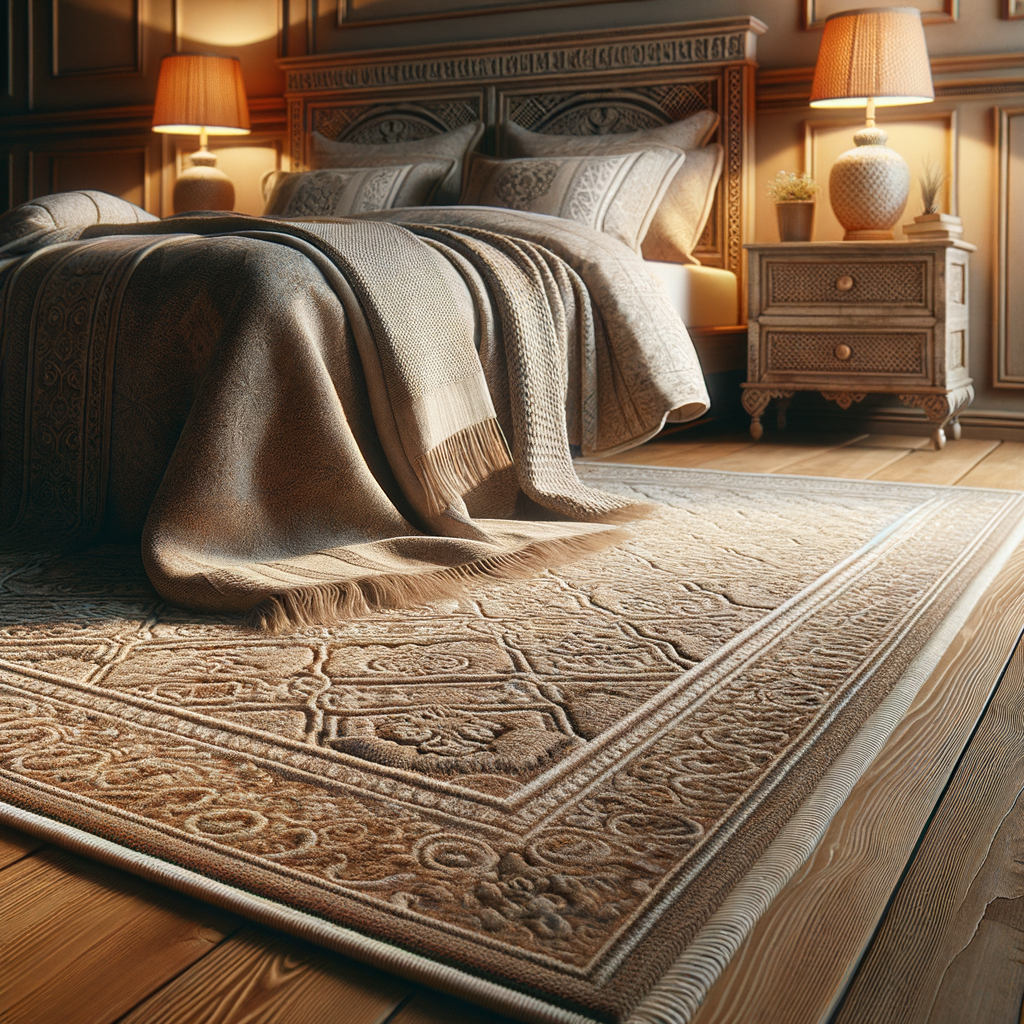
Small 2’x3’ carpet remnants are ideal bedside rugs.
Position them where feet hit the floor in the morning for comfort.
Use remnants to define each side of a bed for couples.
I recommend complementary rather than matching remnant colors to maintain visual interest.
Bedding and walls should showcase the unique remnant personality.
Look for plush, padded remnants for maximum coziness and sound absorption.
Secure edges with anti-slip rug tape to prevent tripping.
Bedside rugs visually anchor furnishings like nightstands.
Without competing with room carpeting, the remnant rugs make distinctive statements.
For safety, ensure remnant pile is low enough not to impede opening or closing doors.
Use stain-resistant remnants to withstand spills and protect floors.
Creative bedside remnants turn bland spaces into design statements.
Closet Flooring

Carpet remnants cleverly floor closets attached to bedrooms, muting noise from rummaging.
The soft surface also benefits playroom closets, absorbing sound.
Remnants prevent slipped hangers or knocked items from loudly hitting hard floors.
Choose low-pile, stain-resistant remnants for easy maintenance in confined spaces.
Cut remnants just shy of walls to tuck beneath trim molding, securing the pieces.
Use multiple remnants to create patchwork designs.
For large or oddly shaped closets, make a paper template first to optimize cuts.
Inside closets, remnants tolerate everyday wear well out of sight.
They also provide cushioned floors for kids playing in converted closets.
Beyond practicality, remnants visually define closets with color.
Keep a small remnant on hand to temporarily floor contents when cleaning closet floors.
Remnants turn utilitarian closets into functional, comfortable spaces.
Pet Areas


Home pet zones with crates, stairs and feeding areas need durability.
Remnants cushion these high-traffic zones while absorbing “accidents.”
Use stain-resistant remnants suited for pets.
For large areas, seam mismatched remnants into unique rugs.
Secure edges with anti-slip tape.
Smaller remnants line individual crates and carriers with easy-to-clean floors that comfort anxious pets while traveling.
At the tops and bottoms of pet stairs, remnants provide traction and stability between paw pads and hard surfaces.
For elderly pets with joint issues, pillow remnants offer soft standing support during feedings.
Compared to plastic cage liners, absorbent remnants are warmer and gentler.
When remnants become tattered, simply replace them affordably.
Remnants also silence noisy paws running across hard floors.
They make perfect beds when topped with a blanket or towel.
Creative remnants improve pets’ quality of life indoors.
Kids’ Rooms

Children’s high-energy rooms deserve durable, affordable flooring like remnants.
Seamed together, remnants become playful rag rugs.
Define special areas like reading nooks with shaped remnants.
Mix colors and textures to match kids’ unique personalities.
Compared to wall-to-wall carpeting, remnants are inexpensive to replace once ragged.
Use stain-resistant remnants to withstand accidents and spills.
Install extra remnants later as kids grow and needs change.
For teens, remnants become funky dorm room rugs layered over commercial carpeting for self-expression.
Have kids participate in selecting and designing remnants to gain buy-in.
Children can also craft their own remnants by gluing carpet tiles into fun shapes.
Look for soft, padded remnants to absorb sound and provide cushioning when playing or napping on floors.
The flexibility of interchangeable remnants grows with children’s changing maturity and tastes.
Mix and Match
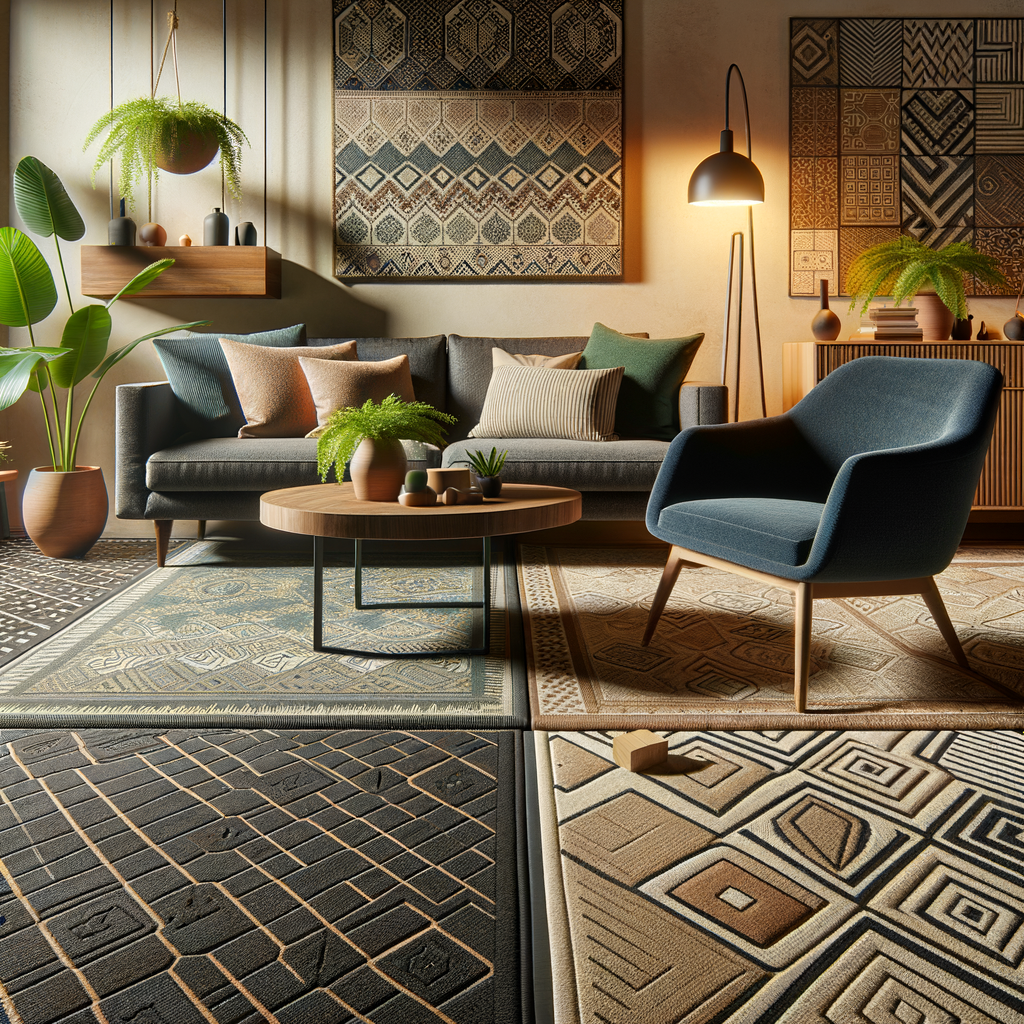
Think outside the box by mixing carpet remnants with other flooring materials.
Create geometric remnant inlays as accents within hardwood or tile.
Or alternate between remnants and hard surfaces in creative patterns.
Contrast vintage patterned remnants with sleek stone or concrete for an eclectic look.
Irregular remnant shapes and sizes promote ingenious solutions.
Use large remnants alongside beds, sofas or desks to define furniture groupings without fully carpeting rooms.
Incorporate plush remnants under area rugs for layered luxury and sound insulation.
Or accent shiny flooring with organic-textured remnants for visual interest.
There are no limits to imaginative combinations.
Remnants break up sterile, monotonous spaces affordably.
They create whimsical walking paths across existing flooring.
Furniture Accents
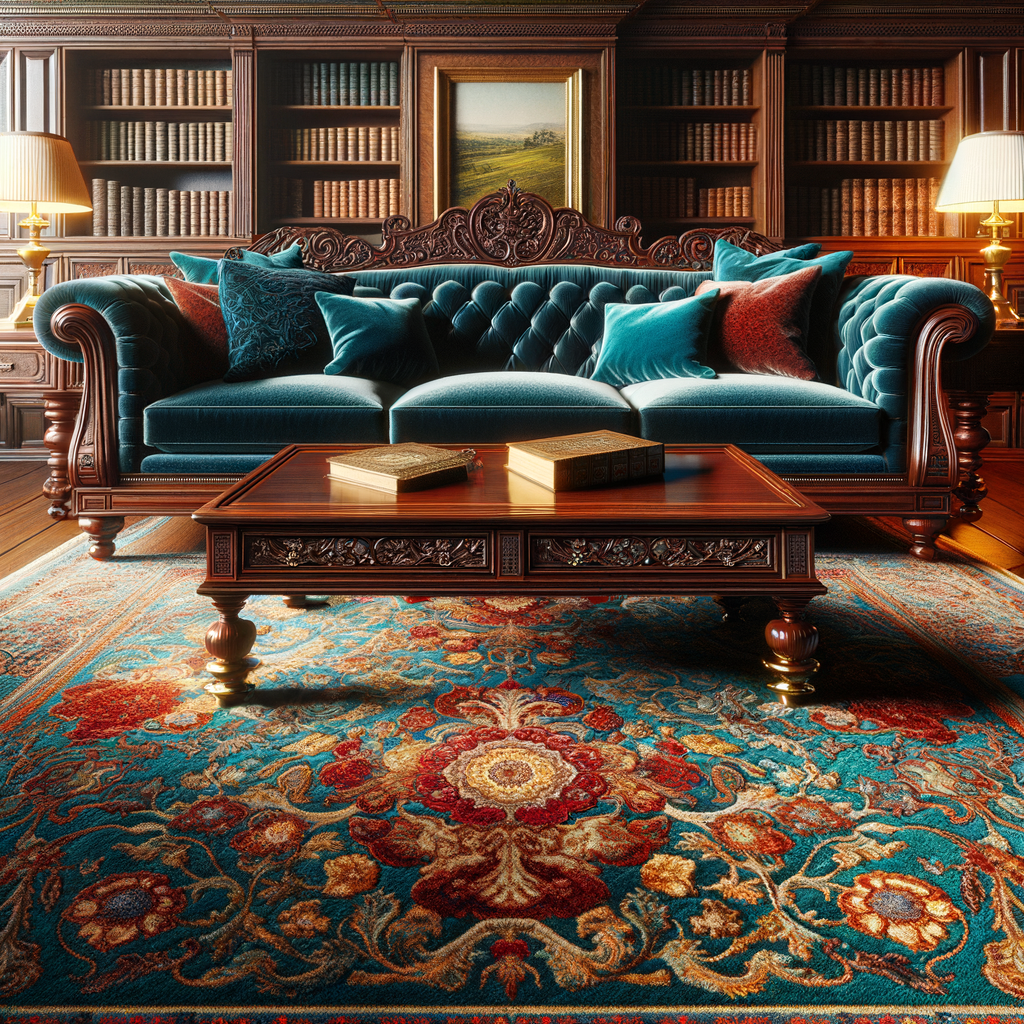
Remnants aren’t restricted to flooring.
Repurpose them as upholstered furniture accents for added comfort and texture.
Cut remnants to fit benches, ottomans, headboards and more.
Focus on high-wear furniture spots like seats and armrests.
Use carpet adhesive to attach remnants underneath, stretched taut for a smooth finish.
For a more tailored look, staple remnants on the bottom edges.
Plush, padded remnants provide luxurious softness and acoustic insulation.
Coordinate remnants with larger room carpeting or introduce contrasting patterns and colors.
Remnants hide worn, damaged furniture surfaces affordably.
They also reduce sounds from creaky furniture frames.
To prevent slipping, ensure a grippy remnant backing or add anti-slip tape.
With the right furniture pieces, remnants create chic designer details.
Best of all, remnants are easily replaced when worn or stained over time.
Auto Interiors


Remnants have functional purpose within vehicles, too.
Cut remnants to fit car floors, trunks and ceilings to significantly reduce noise.
Or use them in smaller pieces on door panels and dashboard accents.
Choose thick, spongy remnants for optimal sound absorption.
Remnants define trunk spaces to prevent contents from sliding while driving.
They are inexpensive and straightforward to replace when worn or dirty.
Use rugged, stain resistant remnants in heavily used trunks.
Place grippy-backed remnants on seats or consoles to prevent slipped items.
Smooth remnant surfaces won’t snag delicate stockings.
Inside the cabin, bright colored remnants cheer up drab interiors.
Affix remnants permanently with automotive carpet adhesive for a custom upholstered look.
Ensure adherence to safety regulations before installing.
With some creative cutting, remnants transform boring vehicles into stylish rides.
With clever planning, discounted remnants become unique home accents.
I hope these expanded ideas demonstrate the limitless possibilities for giving carpet remnants new life throughout any interior.
The variations are only restricted by the designer’s imagination.
When Buying Carpet Remnants
Purchasing remnants requires a different approach than picking out normal carpets.
Here are my top tips:
- Inspect quality first – I always thoroughly examine remnants before purchase, feeling the density of the fibers and checking for any damage or excessive wear.
It’s worth passing on questionable pieces to find premium remnants that will last.
- Bring measurements – I never go shopping for remnants without the exact room dimensions, including the extra yardage I’ll need for seams and trimming.
Not measuring leads to buying the wrong quantities.
- Calculate how much you’ll need – From experience, I recommend buying 10-15% more carpeting than your measurements suggest.
The extras accommodate imperfect seams and provide material for future repairs.
- Look for versatile sizes – For big projects, I try to find remnants at least 8’x10′ and for smaller rugs 3’x5′ works well.
Unusual shapes can be creative but often waste material.
- Match textures and fibers – I insist on remnants with similar pile heights and densities to avoid visible seaming.
Dye lots should match as closely as possible too.
- Set expectations – Remnants won’t have the seamless uniformity of wall-to-wall carpet.
I’m upfront with clients about the more eclectic, casual look remnants provide.
- Hire a pro installer – From experience, I contract experienced installers to seam remnants properly.
Their expertise ensures a flawless finished product.
How to Purchase Carpet Remnants
Over the years, I’ve found the best places to uncover great remnants for less are:
- Carpet retailers – Most have a remnant section.
I give them my measurements and materials needed to see options.
- Remnant outlets – These specialty stores offer the widest variety of discounted remnants in all sizes.
- Online listings – Sites like Carpet Remnant Warehouse let me search availability nationally and order online.
- Right after installations – I’ve had luck stopping into retailers immediately following big installs to get first pick of their new remnants.
- Ask for discounts – I politely negotiate lower prices on large purchases.
Retailers are often willing to discount further to make a sale.
- Clarify added fees – I always confirm exactly what’s included.
Some retailers charge extra for padding and installation.
- Request delivery – With large purchases, I arrange delivery directly to the job site so I don’t have to transport bulky carpets.
- Store properly – Until install day, I keep remnants rolled up and clean in a protected area.
✨Click to Get My 101 FREE Designer Room Ideas
Installation of Carpet Remnants
I personally recommend the following installation techniques to seam remnants flawlessly:
- Prep the subfloor – Fix any uneven areas.
Clean thoroughly before installing.
- Dry lay pieces – I always dry lay remnants first to visualize placement before adhering.
- Custom cut edges – I hand cut remnants with a utility knife, leaving 2-3″ extra for seam allowances.
- Offset seams – I avoid aligning remnant seams with seams in the floor below.
Offsetting at least 6″ helps hide them.
- Use seaming tape – Low-profile seaming tape fused between remnants allows tight, subtle seams.
- Maintain pile direction – I check that all remnants run in the same pile direction to prevent obvious color variations at seams.
- Roll and heat seams – Once seamed, I roll over them firmly and use a seam iron to bond the tape adhesive thoroughly.
- Secure edges – For wall-to-wall installs, I always staple remnant edges into tack strips around the perimeter to anchor them.
- Add transition strips – Where remnants meet other flooring, I install subtle transition strips to bridge materials.
Carpet Remnant Care & Maintenance
Caring properly for remnants helps them wear beautifully.
Here are my top recommendations:
- Vacuum frequently – I advise vacuuming remnants wall-to-wall at least weekly to remove dirt and prevent matting.
- Spot clean ASAP – I tell clients to immediately blot up spills, then use carpet cleaner and rinse with clean water.
- Re-stretch occasionally – Remnants may loosen over time.
I suggest re-stretching every 1-2 years to prevent buckling.
- Rearrange furniture – Rotating the furniture helps prevent pile crushing indents in high traffic areas.
- Groom pets regularly – I instruct pet owners to groom frequently and trim claws to avoid embedded pet dander and pulled fibers.
- Professionally deep clean – Every 12-18 months, I hire a professional cleaner to revitalize remnants and remove deeply embedded dirt.
- Use mats – I place mats at exterior and interior doors to trap dirt before it’s tracked onto remnants.
- Treat spills immediately – Getting to water and oil-based stains quickly improves chances of removal.

